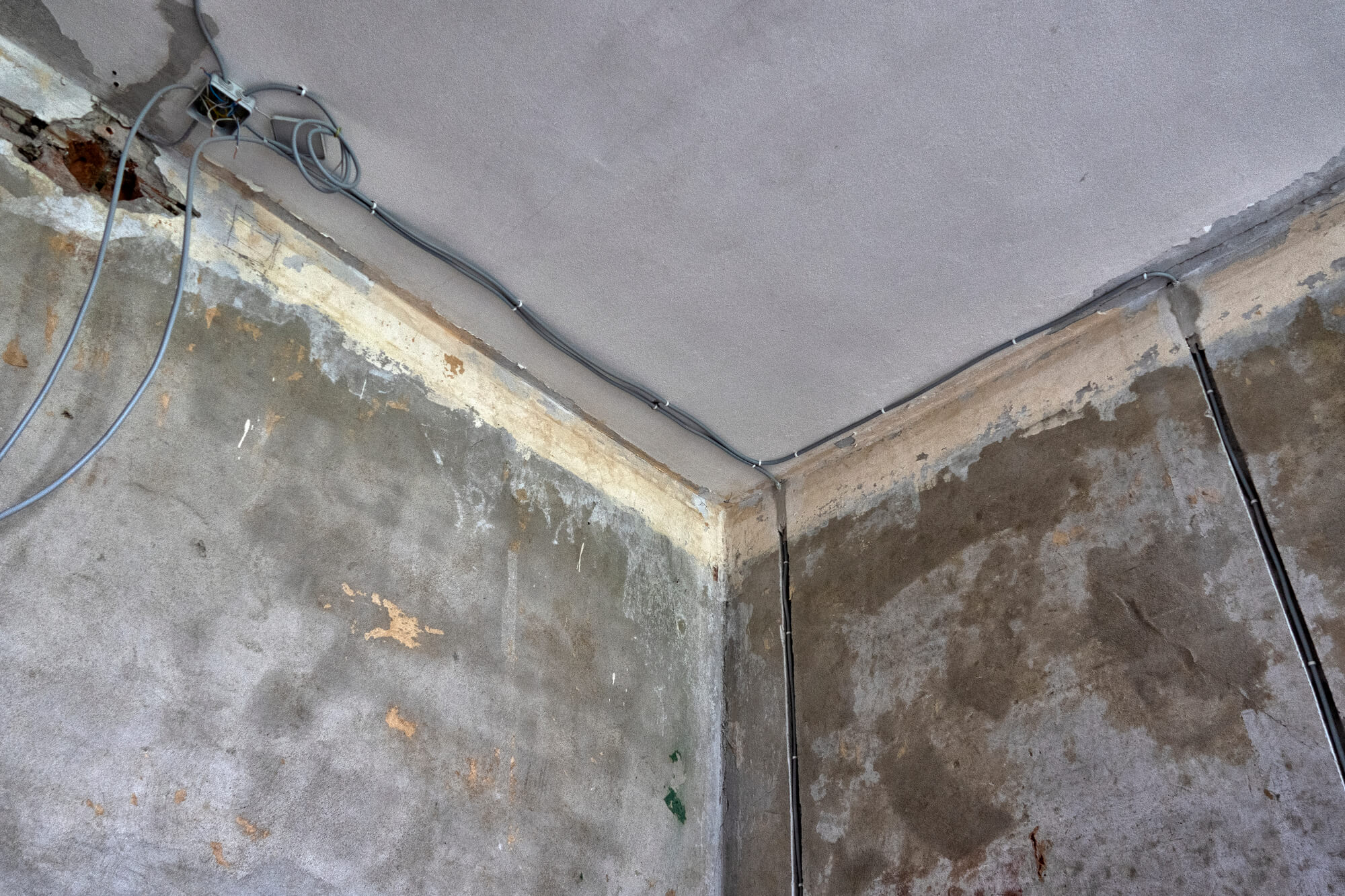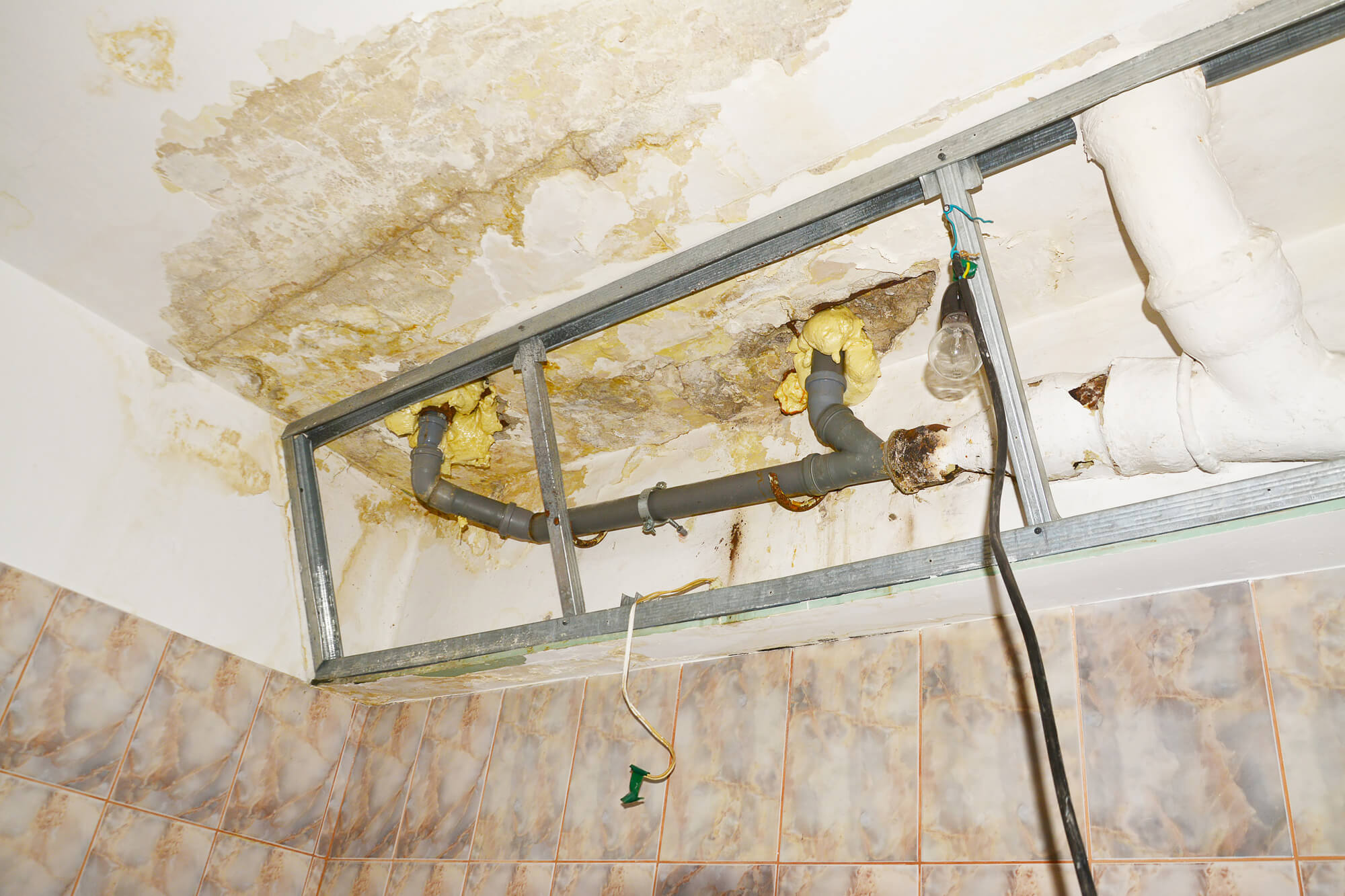November 30, 2025
The Role of Due Diligence in Securing Property Insurance
Securing commercial property insurance has become a more complex process in recent years, driven by rising claim costs,
Among the threats that commercial properties face, fires, security breaches, and economic downturns often steal the show. However, there's another problem that tends to stay in the background: commercial water damage. It might not be as loud, but it can cause just as much structural issues and business disruptions.
Explore the different consequences of commercial water damage and shed light on the importance of proactive prevention and response. Commercial property owners can safeguard their investments and keep their operations uninterrupted by understanding the potential risks and implementing mitigation strategies.

Commercial water damage is the deterioration, impairment, or destruction of structures, fixtures, and assets within a commercial property caused by water intrusion. This phenomenon can occur due to problems like:
Aging or corroded pipes within the commercial property's plumbing system can suddenly burst and release copious amounts of water that swiftly inundate the premises.
A roof in disrepair, punctured by wear and tear or severe weather conditions, can allow rainwater to infiltrate the building's interior over time.
Defective plumbing fixtures, such as leaky faucets, broken water lines, or malfunctioning appliances, can lead to slow but consistent water leakage, which, if left unaddressed, can accumulate and cause significant damage.
Flash floods, heavy rains, or other external factors can cause water to breach a commercial property's defenses and inundate the building from the outside.
The ingress of water in commercial buildings can lead to severe structural damage, compromising the building's integrity, posing safety risks to occupants, and threatening to disrupt the business.
When water infiltrates a commercial building, it can seep into foundational materials like concrete and masonry. Water intrusion weakens these materials as time passes, compromising their strength and integrity.
If property owners fail to address this issue, the resulting weakened foundation can jeopardize the entire building's stability.
Water damage can bring about noticeable changes in the building's interior. For instance, it can cause walls to swell and distort from their original shape. Likewise, various flooring materials, such as hardwood, laminate, or carpeting, soak up moisture and change color, become discolored, or even separate in layers.
In addition to floors and walls, ceilings start to sag, and visible stains can appear. These signs indicate potential structural damage caused by water infiltration and also hint at the possibility of mold growth.
When water finds its way into electrical components, it can lead to problems like corrosion and short-circuiting. Corroded wires and junction boxes compromise the effectiveness of the electrical system, while short-circuiting could result in equipment failure or even fire hazards.
Unfortunately, the repairs or replacements required to address damage to electrical systems and appliances are costly and time-consuming.
Water-soaked building materials and moist indoor environments become breeding grounds for mold, an outcome commonly associated with water damage. Mold proliferation can weaken the structural integrity of walls, floors, ceilings, and other components within the building. This problem can lead to long-term damage and require extensive repairs and restoration efforts to ensure the stability and durability of the commercial property.
The aftermath of water damage often demands the closure of business premises for extensive repairs. This closure isn't a mere inconvenience; it can span considerably as specialists assess the extent of structural harm and undertake necessary rectifications.
The temporary halt in operations translates to tangible financial implications, as the revenue stream from daily business activities is severed. Moreover, the unplanned expenditure required for emergency repairs further compounds the financial strain.
Beyond operational and financial disruptions, water damage can inflict lasting damage on a business's reputation. Temporary closures, service delays, and operational setbacks can result in dissatisfied customers and occupants who question the reliability of the business.
Negative customer experiences can reverberate through word-of-mouth and online reviews, potentially tarnishing the business's hard-earned reputation. The perceived instability can drive customers and occupants away, leading to decreased customer loyalty and diminished patronage.
In situations where water damage is extensive and calls for substantial repairs, businesses like office spaces and municipal buildings may find themselves compelled to explore temporary relocation. While driven by the need to maintain operations, such a decision introduces a range of additional costs that can strain financial resources.
These costs encompass more than just finding a physical space to set up shop; they extend into various operational areas, such as:
The primary expense arises from securing an alternate location for business operations. This might involve leasing commercial space, whether a storefront, office, or warehouse. Factors like location, size, and the duration of the lease influence the cost of this space.
Temporary relocation requires utilities such as electricity, water, and internet services to be set up in the new location. These utility costs are often separate from the regular expenses incurred in the primary business location.
Transitioning operations to a new space involves adjustments to accommodate business processes. This could include rearranging equipment, setting up workstations, and configuring the place to match the business's requirements.
Depending on the nature of the business, the alternate location might not have all the necessary equipment and supplies readily available. Procuring or renting equipment, furnishings, and inventory storage solutions can contribute to relocation costs.
Moving equipment, inventory, and employees to a temporary location requires logistical arrangements. This can entail transportation costs and potentially include the rental of vehicles for moving purposes.

Beyond the visible costs of repairs and restoration, the implications ripple across various facets of business operations, influencing revenue, expenses, and profitability. Revenue streams can be severely impacted due to business closures, interrupted production, and diminished customer trust resulting from water damage incidents.
Simultaneously, increased expenses arise from repair costs, temporary relocation, and the need for specialized restoration services. Therefore, safeguarding commercial property from the multifaceted threats of water damage is imperative to maintain financial stability and foster growth.
Water damage restoration is a nuanced process that requires specialized knowledge, equipment, and techniques. Professionals bring a range of competencies to the table that ensures effective mitigation, such as:
A comprehensive assessment conducted by experts serves as the foundation of effective water damage restoration. These assessments delve beyond surface-level observations, aiming to uncover hidden issues.
Professionals meticulously inspect the affected areas using specialized tools and techniques to gauge the extent of the damage. This thorough evaluation offers a roadmap for tailored restoration strategies that address visible and concealed consequences of water damage.
The restoration relies heavily on deploying precision equipment to expedite recovery efforts and ensure comprehensive results. Professionals leverage industrial-grade tools for tasks such as extraction, drying, dehumidification, and mold remediation.
Sophisticated instruments accelerate the restoration timeline and contribute to preventing secondary damage, such as mold growth and structural weakening.
Professionals bring a wealth of expertise to the table, employing proven techniques that encompass the entire spectrum of restoration. These techniques thwart the progression of mold growth, revive water-damaged materials, and guarantee the structural integrity of the building.
Whether it's drying techniques that mitigate moisture accumulation or specialized treatments that salvage compromised materials, these methods are carefully tailored to the unique characteristics of the situation at hand and ensure a thorough and enduring restoration outcome.
Professionals possess the in-depth knowledge to understand the various building materials and employ appropriate restoration measures.
From porous materials prone to absorbing water to non-porous surfaces that need different drying techniques, experts tailor their approach to address the specific requirements of each material. This ensures that every element of the building, from drywall to flooring, receives the attention it demands for effective restoration.
Modern water damage restoration is enhanced through advancements like the Blue Team app. This tool facilitates seamless coordination between restoration professionals and clients, ensuring real-time updates, efficient task allocation, and streamlined project management.
Moreover, the user-friendly interface of this app empowers teams to collaborate effectively, document the progress of restoration efforts, and make data-driven decisions. The Blue Team app's integration into the restoration process bolsters efficiency, transparency, and accountability, resulting in a smoother, more organized restoration journey.

To take proactive steps toward safeguarding your commercial property and mitigating the impacts of water damage, contact Blue Team for water damage restoration, construction, reconstruction, and roofing services.
You can also experience the power of modern technology with the Blue Team app, ensuring efficient coordination and real-time updates throughout the restoration process. Don't wait for disaster to strike – book a quote with Blue Team today to ensure the longevity, stability, and resilience of your commercial property.